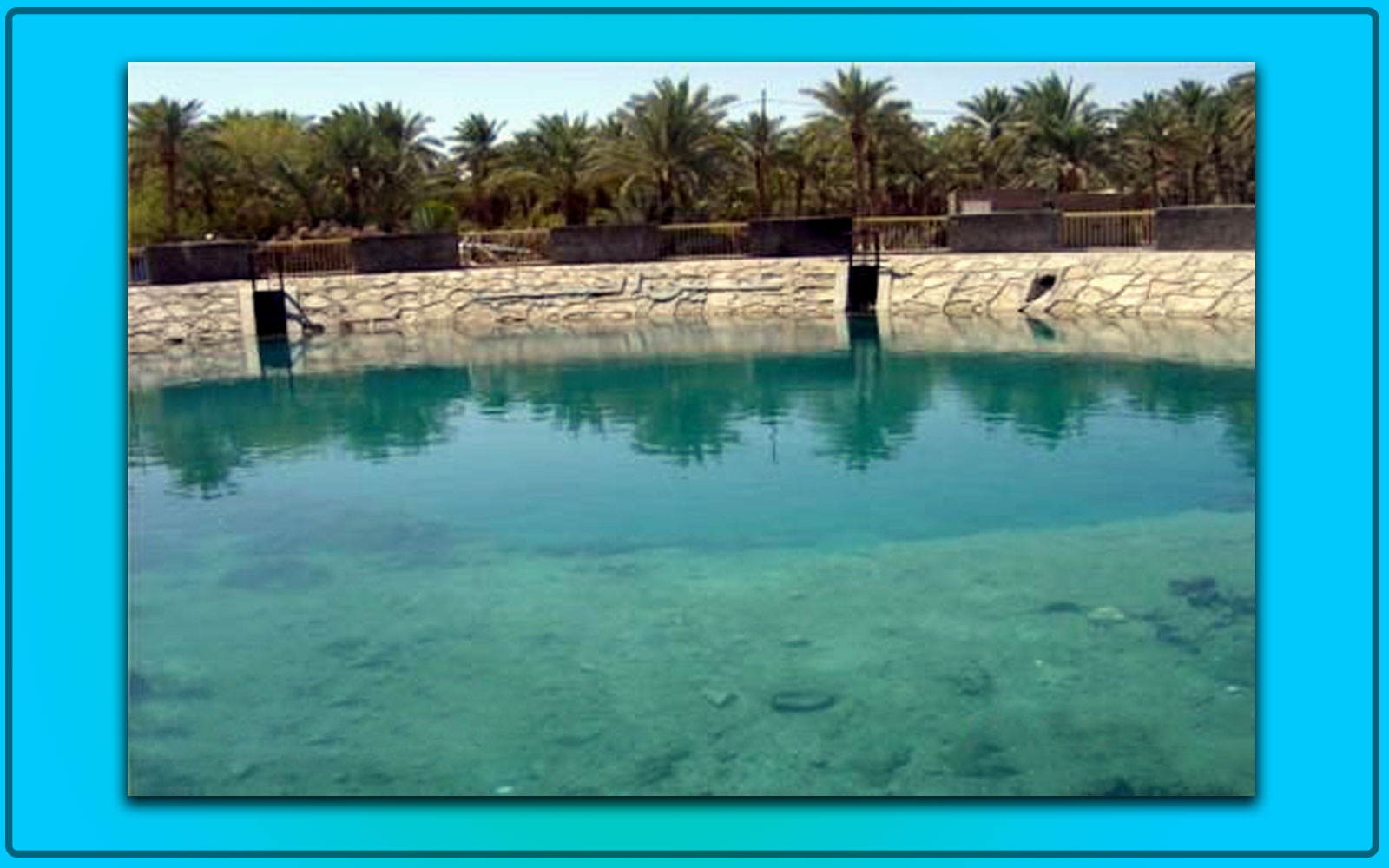A palm paradise on the edge of the Iraqi western desert, a city that mixed thousands of years of history with nearly 26,000 inhabitants, relying mainly on a combination of springs and natural fountains.
This city is "Ain al-Tamr" or "Shathatha" that was formally named as a municipality in 1976. It is located in the west of the holy city of Karbala by 70 km with a total area of 1967 km2, while the many number of springs and natural fountains have made the city an oasis that attracts tourists from other cities in search of comfort and recreation. (1)
Due to the historic nature of this city, it contains traces of different periods of time, especially the palaces built in the form of forts that delivered services on the military, cultural, and urban fields, such as "Shamo'un Palace" who was fully detailed in the "Lughat al-Arab" newspaper in 1913.
Source
(1) Karbala's Cultural Encyclopedia, Geographic Axis [Vol. 1, p. 33]

